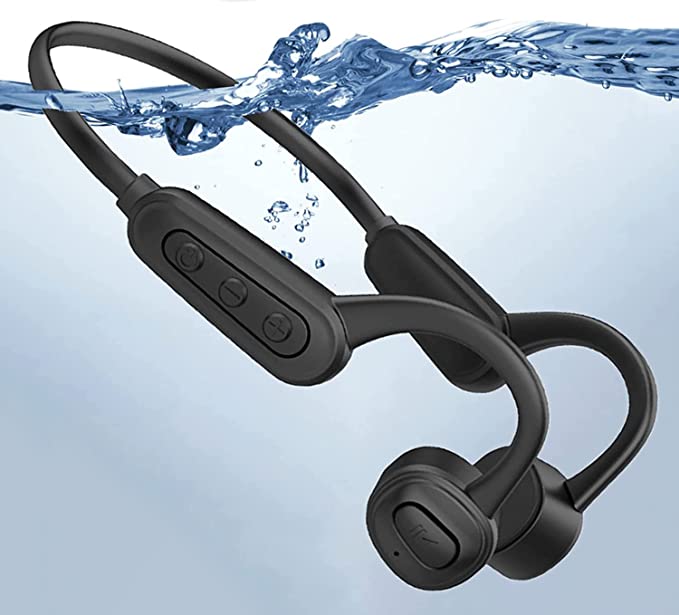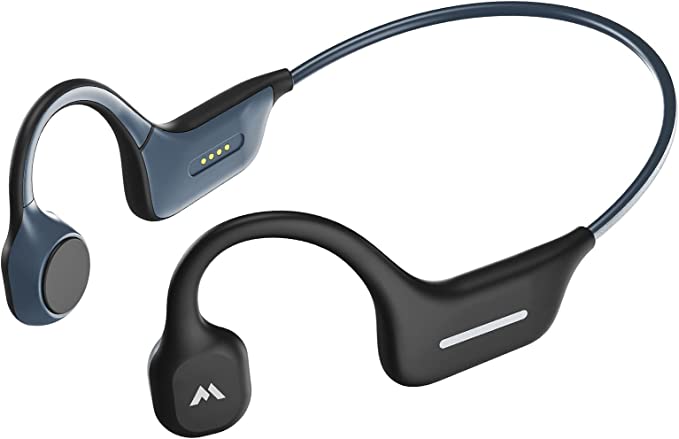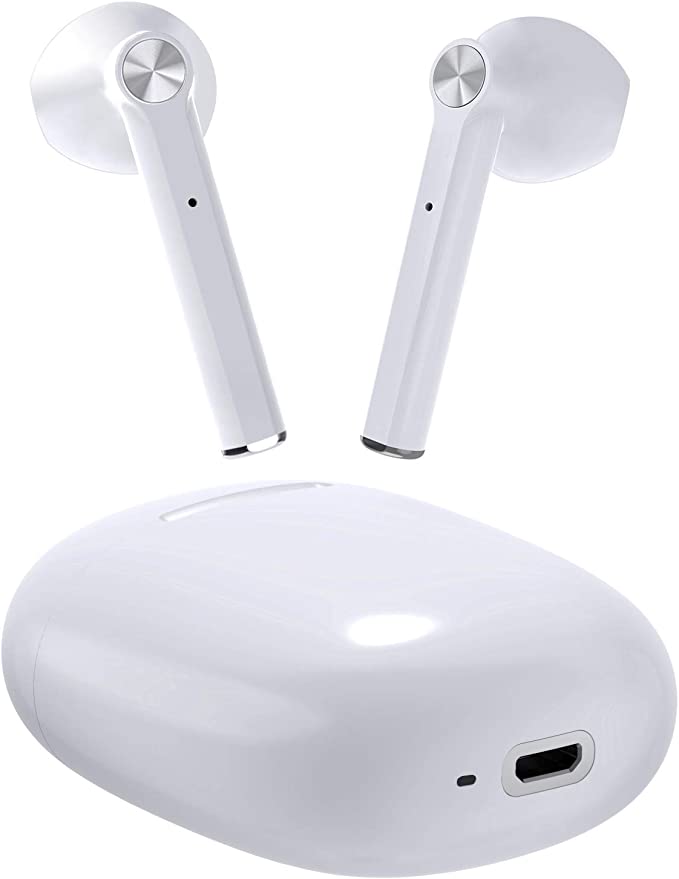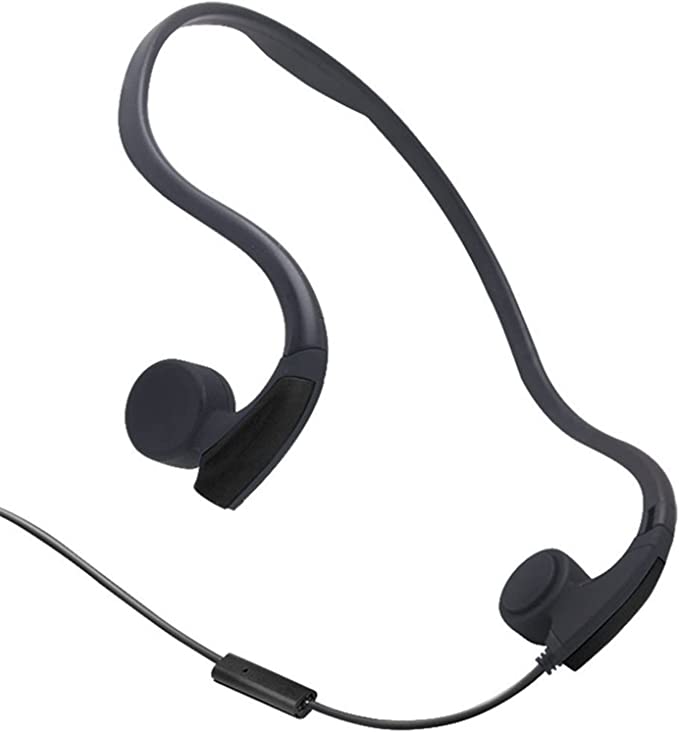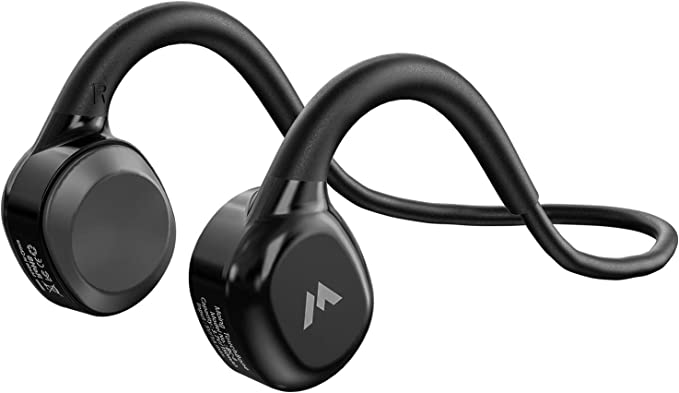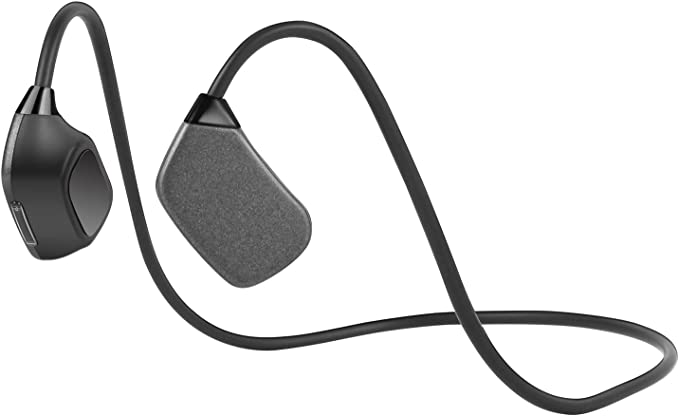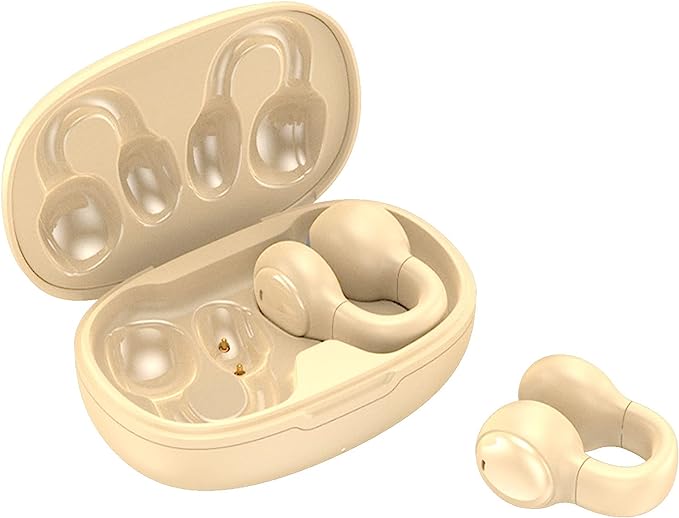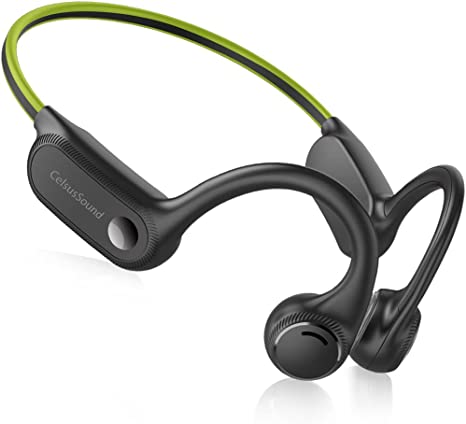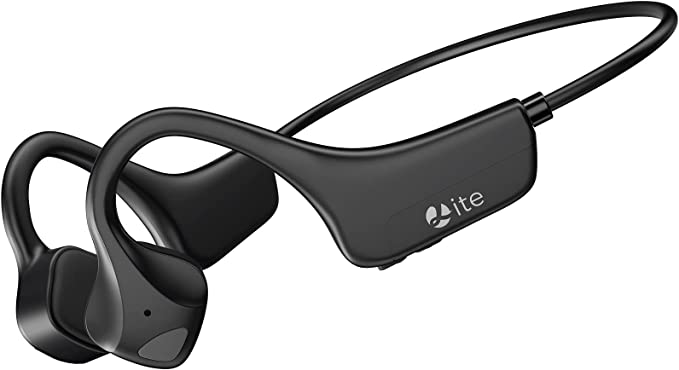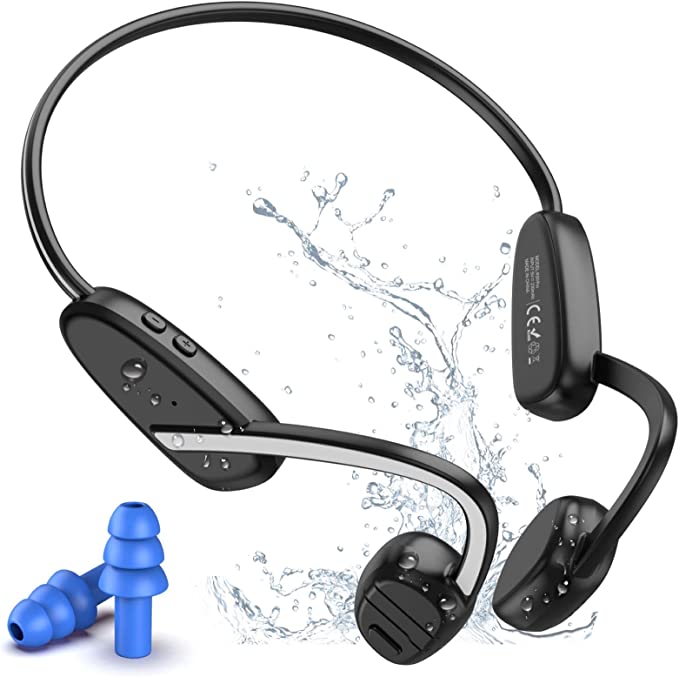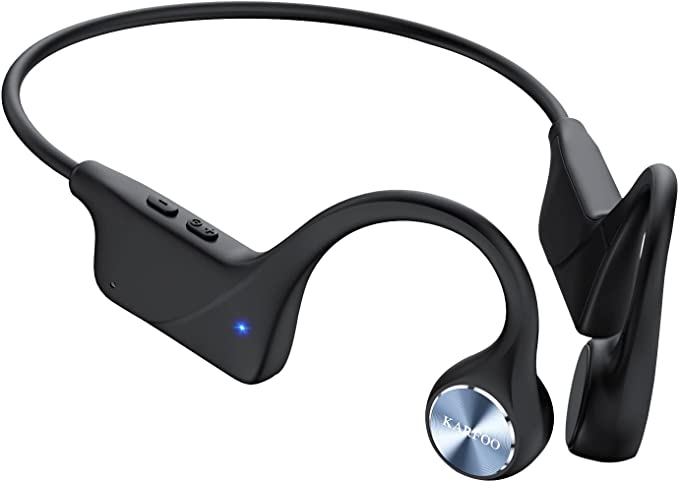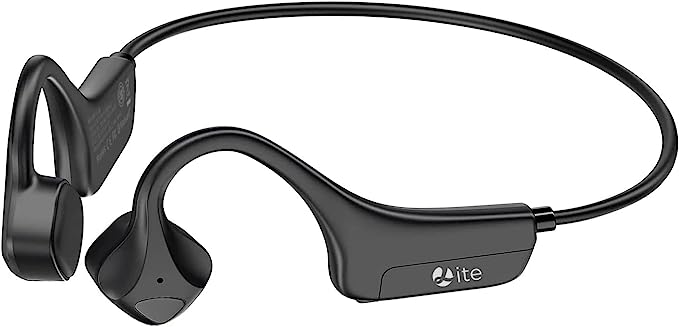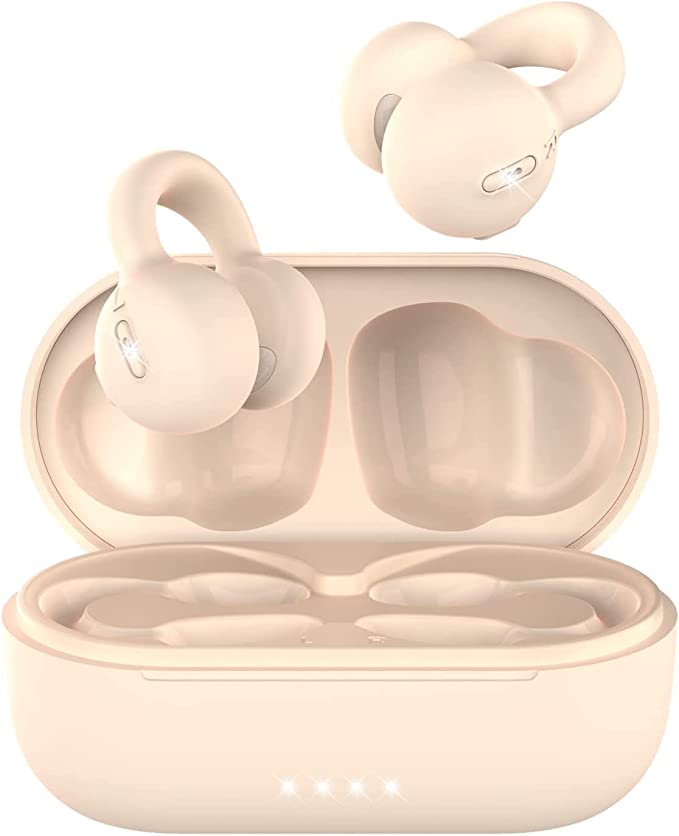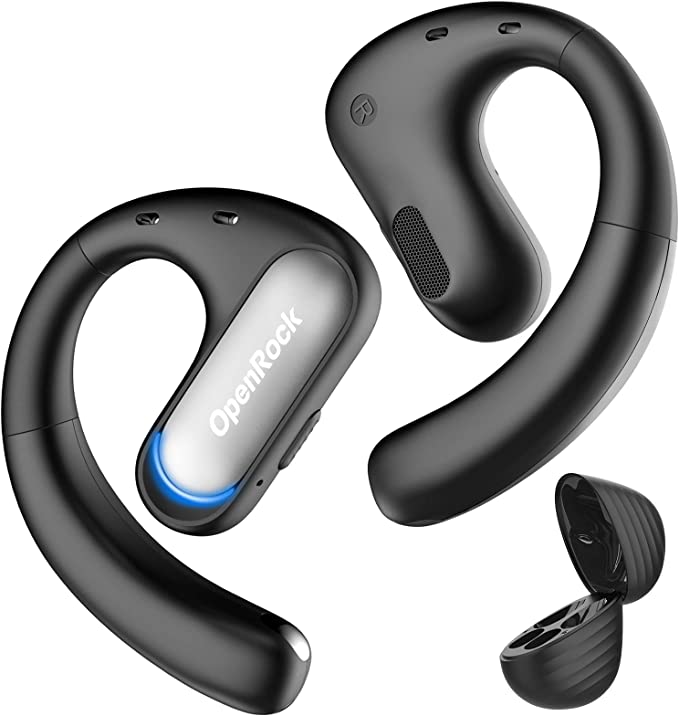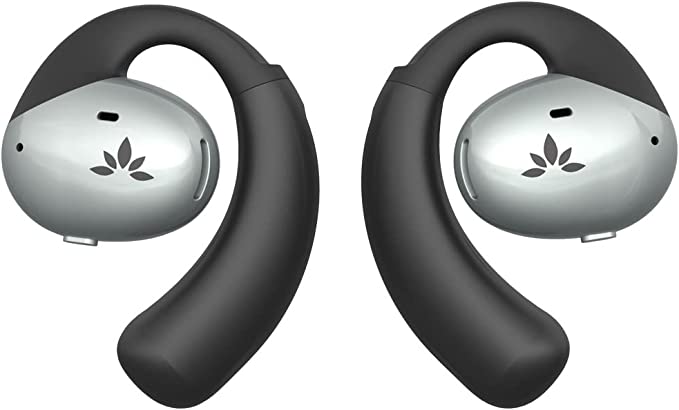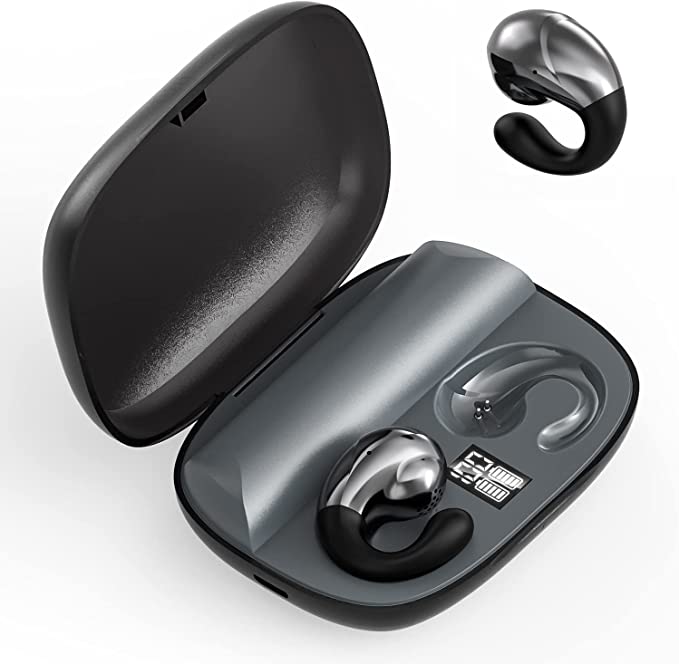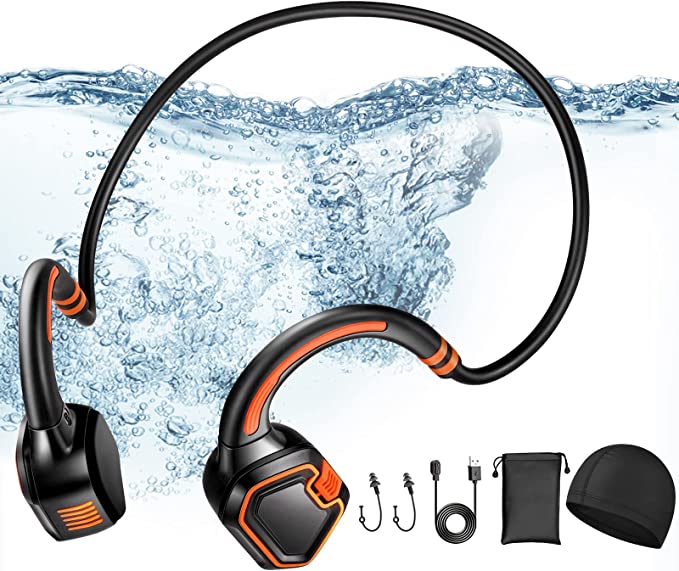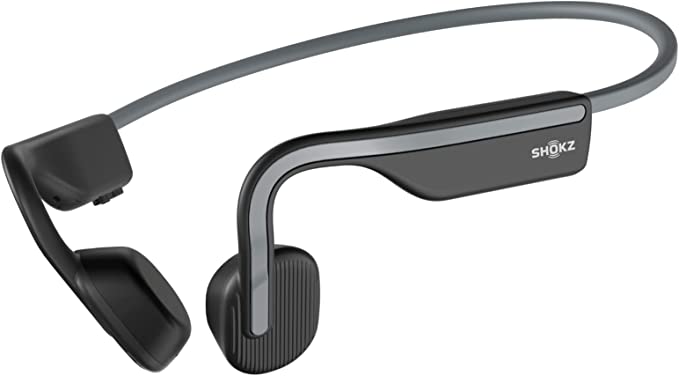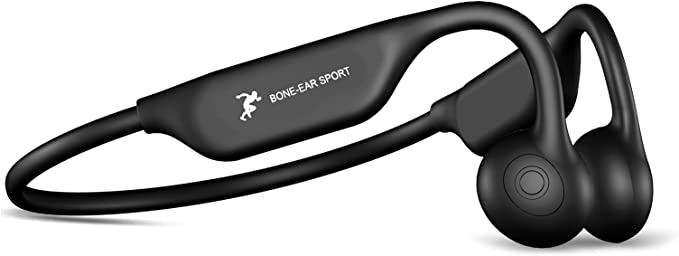The Great Duet: How Bone Conduction Headphones Like the BeTIM X7 Redefine Hearing
Update on July 1, 2025, 9:12 a.m.
Have you ever truly considered the soundtrack of your life? It’s more complex than you think. It isn’t just the music you choose, nor is it merely the ambient noise of the world around you. It’s both, a constant interplay between your inner world and the outer one. For most of history, we’ve treated these as separate channels; we plug our ears to listen to one, and unplug to listen to the other. But what if you could be the conductor of both? What if you could listen to your favorite symphony while remaining perfectly in tune with the living, breathing symphony of the world? This is not a futuristic fantasy. It’s the promise of a fascinating, century-old science made new: bone conduction.

A Whisper from the Past
Our story begins not in a modern tech lab, but in the profound silence of the late 18th century, with Ludwig van Beethoven. As deafness descended upon him, isolating him from the very art he defined, he discovered something remarkable. By clenching a wooden rod between his teeth and touching the other end to his piano, the glorious vibrations of his compositions could once again reach his mind. The sound traveled not through his failing ears, but through his jawbone, directly to his inner ear. He had, out of sheer will, rediscovered a second pathway for hearing.
For a century, this principle remained largely a curiosity. Then, it became a secret tool. Fighter pilots in the 20th century used bone conduction in their helmets to hear commands over the deafening roar of their engines. Audiologists developed it into specialized hearing aids, offering a lifeline of sound to individuals with certain types of hearing impairment. For decades, bone conduction was a technology of necessity, serving heroes and patients in the background, a testament to the idea that sound is, at its core, simply vibration.

The Silent Mechanics of a Second Sense
To grasp this magic, you must picture your hearing as a grand concert hall with two entrances. The main entrance is your ear canal and eardrum. This is air conduction, where sound waves travel through the air to vibrate the delicate membrane of the eardrum. It’s how you hear a conversation, a bird’s song, and the audio from every traditional headphone ever made.
But there is also a private, artist’s entrance: your bones. This is bone conduction. Think of it like this: if you place a vibrating tuning fork on a wooden table, you don’t just hear it with your ears, you feel the sound through the table. Bone conduction technology places a small device, a transducer, on the cheekbones just in front of the ears. This transducer does the work of the tuning fork, converting electrical signals from your phone into precise, subtle vibrations. These vibrations travel like ripples through the solid structure of your skull, bypassing the eardrum entirely and directly stimulating the cochlea—the spiral-shaped, fluid-filled organ in your inner ear that is the final arbiter of all sound.
This alternate pathway is ingenious, but it comes with its own unique acoustic properties. It’s why the experience of bone conduction is different. The solid medium of bone is excellent at transmitting mid and high-range frequencies, which is why voices and melodic instruments often sound remarkably clear. However, it’s less efficient at moving the sheer amount of energy required for deep, resonant bass, which is why you tend to feel the low-end as a haptic pulse rather than hearing it in the traditional sense. Furthermore, as the transducer vibrates against your skin, some of that energy inevitably dissipates into the air, creating a faint sound that someone very close to you might hear—a phenomenon known as sound leakage. This isn’t a flaw, but an inherent property of the physics involved.

A Modern Instrument for the Duet
This brings us to today, where this once-specialized technology has been refined, miniaturized, and made accessible to everyone. A device like the BeTIM X7 Wireless Bone Conduction Headphones is best understood not as a gadget, but as a modern instrument engineered to perform this great duet.
The design philosophy is one of integration, not isolation. Weighing a mere 31.5 grams, it’s an instrument designed to be forgotten, to become a natural extension of your senses. The stable Bluetooth 5.0 connection acts as the invisible, flawless link to your digital sheet music, ensuring the audio is delivered without lag or interruption. And its construction is prepared for the rigors of performance; a rating of IP55, based on the International Electrotechnical Commission’s standards, signifies that the device is sealed against dust and can withstand sustained, low-pressure water jets. In real-world terms, it is built to resist the sweat of an intense workout or the drizzle of an evening run.
Here, the technology’s purpose becomes clear. For a runner on a city street, the duet is one of a driving beat and the approaching sound of traffic. For a parent working from home, it’s a podcast blended with the faint, all-important murmur from a baby monitor. For a cyclist, it’s navigational prompts overlaid on the symphony of the wind and the trail. The open-ear design doesn’t just let sound in; it fosters a state of situational awareness, a critical cognitive state that traditional headphones actively dismantle.

Composing Your Own Reality
Of course, no instrument is perfect for every musician. The BeTIM X7’s 3.7-star rating on Amazon, based on 68 reviews, is a candid reflection of this. It’s a B-plus, not for a lack of quality, but for its specificity. For an audiophile seeking the absolute fidelity of a closed-back studio monitor, bone conduction will feel like a compromise.
But for others, it’s a revelation. The user reviews, when read not as complaints but as personal stories, are illuminating. The new mother who calls it a “life saver” is composing a reality where she can care for herself without losing connection to her child. The user who finds it uncomfortable with their glasses is noting a real-world ergonomic challenge, a point of dissonance where two pieces of technology compete for the same small piece of real estate behind the ear. Another’s report of occasional “stuttering” is a reminder that the perfection of wireless standards on paper can still meet the chaotic interference of the real world. These are not failures of the product, but honest accounts of the process of integrating a new kind of sense into our lives.

Coda: A Richer Harmony
So, let us return to the soundtrack of your life. The advent of accessible bone conduction is more than a new headphone category. It is an invitation to move from being a passive listener to an active conductor. It offers the choice to weave your personal audio into the rich, unpredictable, and vital tapestry of ambient sound. It doesn’t ask you to choose between your world and the world. It hands you the baton and asks, what kind of duet will you create today?
As this technology continues to evolve, merging further with our digital and physical lives, it pushes us toward a more profound question. When we can flawlessly orchestrate every sound we perceive, both generated and real, what will it truly mean to listen? The answer, perhaps, is that we will finally be hearing everything.
[

